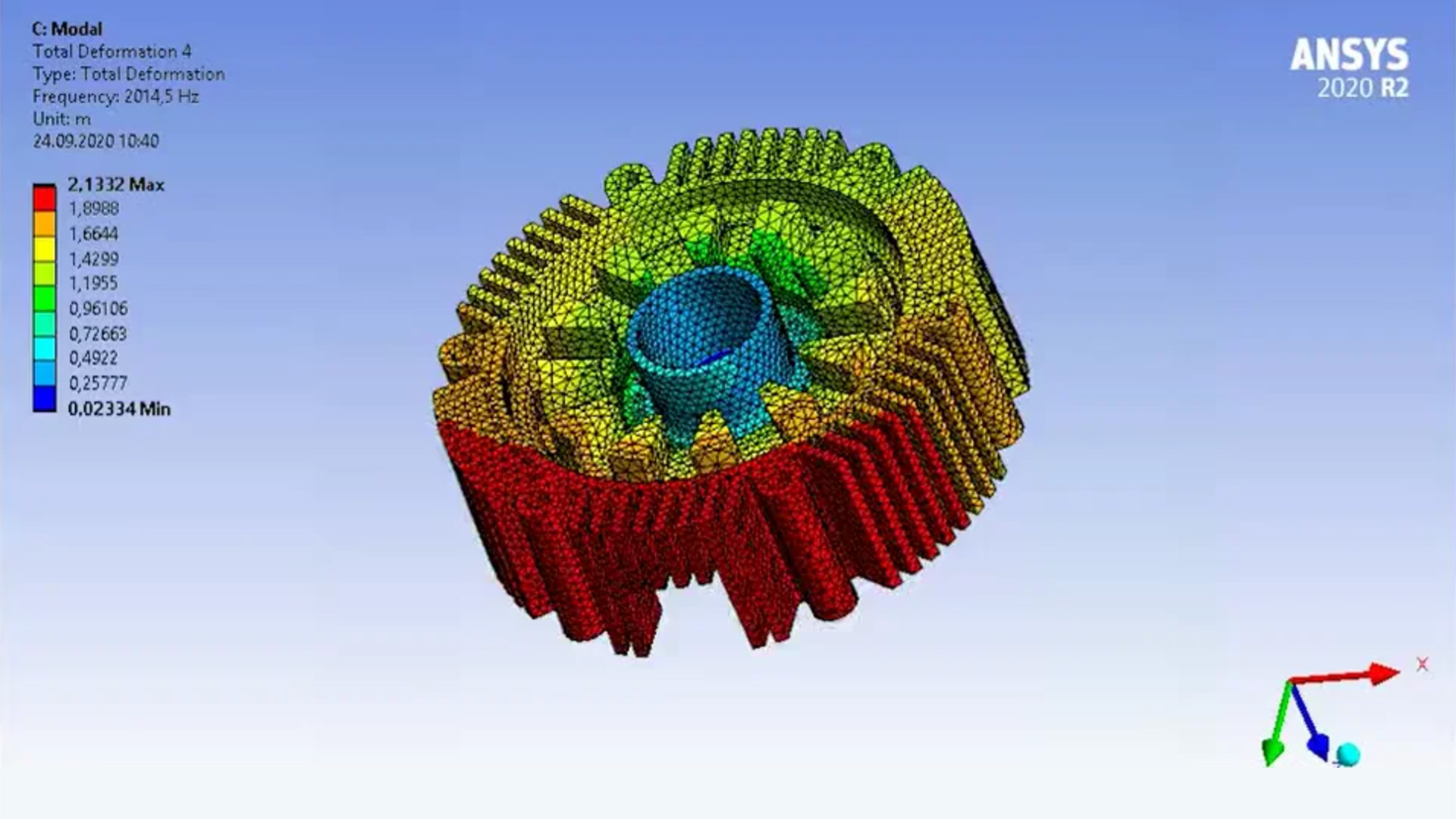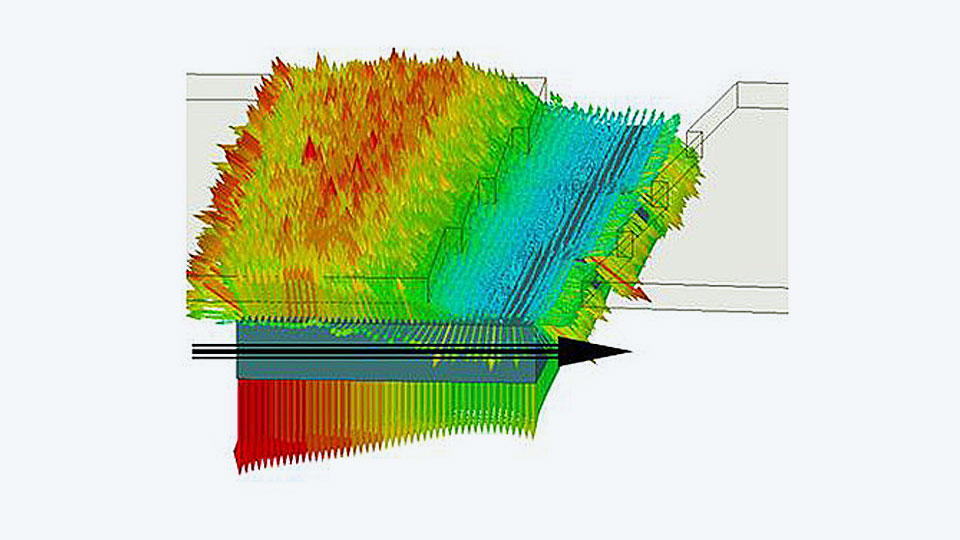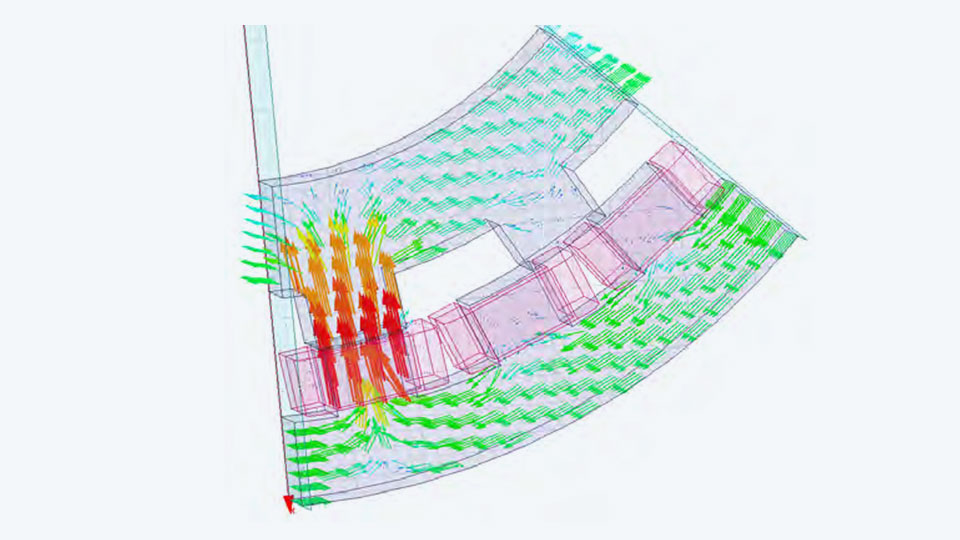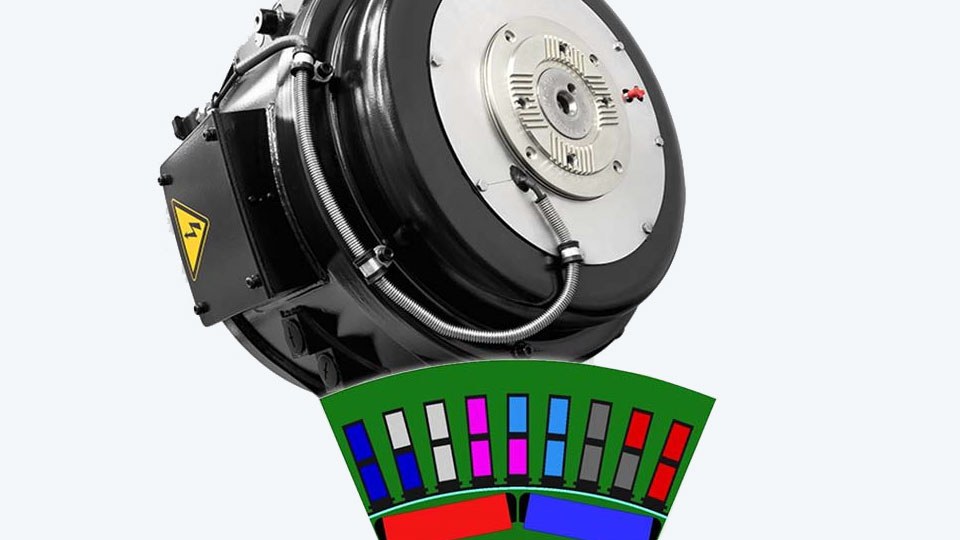
Heading together into a sustainable future
e-mobility experts with a passion for simulation
This century, the landscape is going to change radically for the automobile industry. It is incumbent on everyone to break new ground. Enhanced cooperation and intensive use of simulation technology represent an approach by which stakeholders can jointly find the path to a sustainable future. Alvier Mechatronics, a young company, has made this its motto.
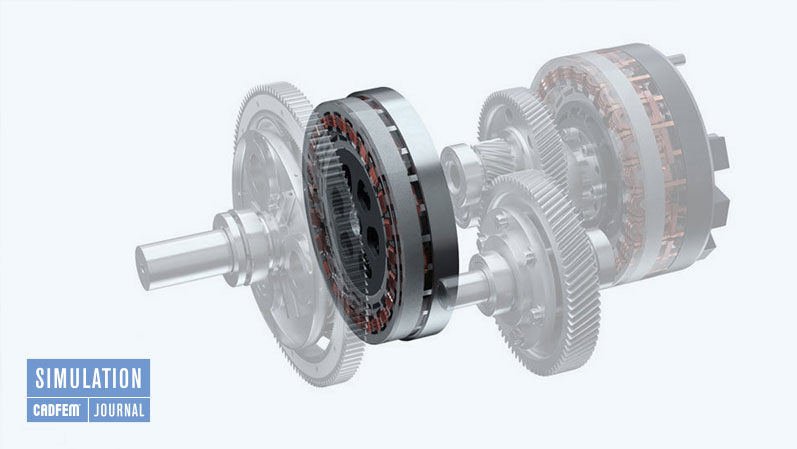
Future-proof products
Alvier Mechatronics GmbH was established in the fall of 2018 and it now employs about 30 people. The company’s focal point is the development and simulation of both electric and hybrid drive systems, which entails creating models that simulate the entire functioning of engines and their electronics. This assists in the decision-making process prior to the production of prototypes and physical testing – the aim being to structure the prospective product costs and operating costs in the most efficient way possible.
Lying at the root of collaborative interaction with Alvier Mechatronics is its CONNACTIVE platform, which provides space for participating partners and the company’s international core team – consisting of both experienced experts and young talent – to devise and implement new and innovative concepts.
The CONNACTIVE co-creation platform
This is a platform that provides a space for specialists from different sectors and disciplines to come together and create joint solutions for the mobility of the future. This network of experts cleverly combines expertise in different areas, so that the benefits of joint innovation can be exploited to the full, with appealing products being developed more rapidly, in a collaborative fashion.
Following the launch of the platform in March 2019, the team developed a new drive concept. The first prototype was built after only five months, and this was then presented to the world at the IAA in Frankfurt. The result of this endeavor was the innovative eDrive, which combines a variety of technologies and materials into a novel overall system. It is clearly evident that in developing this drive system, experts have come together from a variety of disciplines and have also crossed company boundaries.
Those who devised the eDrive prototype succeeded in minimizing the amount of installation space required while at the same time significantly increasing performance. Where there would previously have been room for a conventional electric motor with an output of about 20kW, you can now have a drive unit with a total output of 50kW. This is achieved by combining a (35kW) radial flux motor with an axial flux motor. Both operate within their optimal operating points, with minimal power loss.
Combining radial flux motors with axial flux motors results in an overall system with several combined advantages. Having a high-torque axial flux motor and a high-revving radial flux motor guarantees dynamic performance across the entire operational range of the unit.
During periods when the axial flux motor is not required for traction, it can act as an auxiliary drive for other systems, such as the air-conditioning cycle – and, in extremis, the redundancy resident within the overall system offers enhanced safety: should one motor fail, the other will ensure the vehicle can still be driven.
The compact structure and minimal energy losses of the system have been made possible thanks to the use of soft magnetic composite (SMC), which allows for far greater three-dimensional geometric freedom of design than would be possible using the two-dimensional approach associated with a conventional punching machine. This has led to a relatively simple design and significantly higher integrability.
Not only did the compact design allow the two drive units to be integrated – it also opened the door to the other components of the eDrive being positioned within the motor system itself, thereby saving valuable space and opening up new opportunities in terms of technical development. The power electronics – including the control unit – thus became a component in the system. This means not just the motor voltage, but also the phase current, for example, can be measured directly – inside the motor.
A two-step simulation process
“We have developed a two-step simulation process for both the electromagnetic design and the simulation of electrical machines and their environment,” says Dagmar Muench, Chief Technology Officer (CTO) at Alvier Mechatronics. “We begin optimizing the product by performing simulations under static conditions, and we then continue the process under the thermal and vibrational boundary conditions that occur in the real world.”
Alvier Mechatronics aims to use simulation to bolster its entire product development process. The plan is that simulation will also be used to assist with the selection and definition of production processes as diverse as mechanical and electromagnetic design, cooling concepts, transmission design, acoustic analysis and the analysis of noise vibration harshness (NVH). In order to obtain the envisaged realistic simulation models (i.e., digital twins) within the minimum possible timeframe, Alvier Mechatronics’ e mobility experts rely on the services of CADFEM’s specialist simulation engineers.
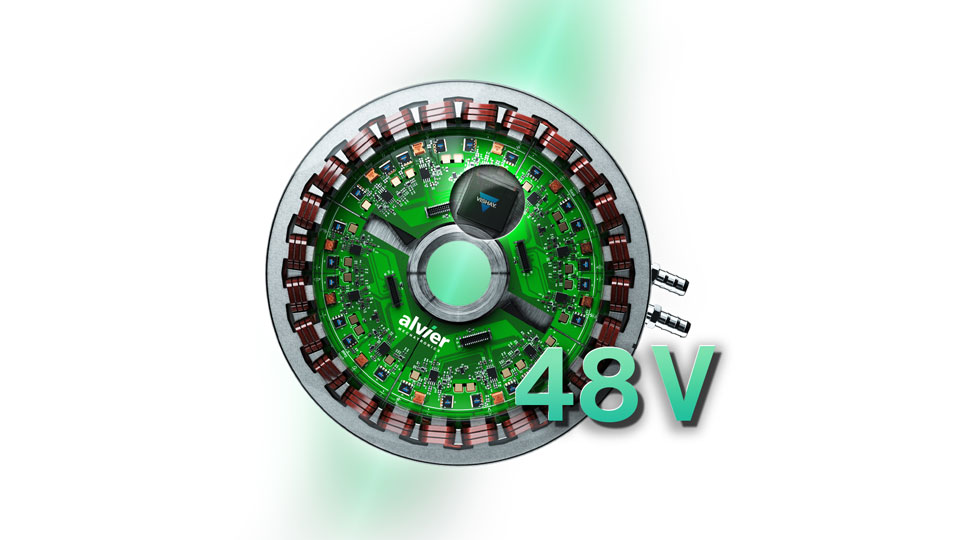
Acquiring more simulation know-how within a short space of time
“The support from CADFEM Consulting meant we acquired the simulation know-how we needed within the shortest possible space of time,” emphasizes Dagmar Muench, “…CADFEM’s experts came up with effective concepts and methods for calculating and analyzing the physical performance of the electric motors, in line with the simulation studies we had commissioned.” There was a subsequent transfer of know-how to members of the Alvier team via the individual training sessions that took place in the course of project handovers.
This put our staff in a position to be able to perform the calculations independently and to acquire additional expertise and knowledge; it also gave them the ability to adapt the concepts and methods to fit any given conditions and then hone them accordingly. “This intensive collaboration with CADFEM acting as CONNACTIVE partners brought a lot of impetus to our development process. It also gave us the certainty we needed at an early stage to enable us to travel a path that would lead to us producing the products of tomorrow,” explains Mr. Muench, to the credit of the simulation experts.
A case in point is the implementation of a new concept of the axial flux motor. The objective is to be able to supply axial flux motors producing up to 7kW. This type of motor has the advantage of being able to develop a high level of torque even at low rotational speeds, and it is therefore particularly well-suited to smaller vehicles, for example for use in the Indian market. For their initial studies, Alvier’s experts used a small motor producing only about 200 watts.
An axial flux motor with a high level of torque
To start with, the mechanical and electromagnetic aspects of this motor were entirely developed and designed using both Ansys Maxwell and Ansys Mechanical. Thermal analyses were likewise performed in order to investigate how temperature distribution was affected by electromagnetic losses, including electronic losses. “When it came to this small motor used for study purposes, no thermal problems emerged, so we knew air cooling would suffice,” explains Mr. Muench. “…Most of the motors we have developed and investigated are considerably larger and therefore need to be liquid cooled. Thus, our standard procedure for motor development involves carrying out fluid analysis using Ansys Fluent. This enables us to ensure sufficient cooling during all modes of operation.”
While developing the 200-watt axial flux motor, Alvier made a prototype whose properties underwent intense investigation on the test bench. In parallel with this, CADFEM was tasked with carrying out acoustic analysis to obtain insights into noise behavior. For this purpose, a model was initially created in Maxwell, based on Alvier’s geometrical data (i.e., STEP data). Calculations were then carried out for a variety of rotational speeds using a fixed current.
Once the excitation force acting on the cogs had been determined, it was transferred to a structural model. A waterfall chart showing the solid-borne sound was produced, predicated on both this excitation force and a modal analysis of the machine – which included the housing – that was carried out in parallel. This workflow was executed twice: once with and once without the actual tolerances.
One thing that emerged when investigating the length of the 12 stator teeth was a maximum tolerance of 0.1 millimeters. The variance in height of the 10 magnets was likewise taken into account. Comparison of the two waterfall charts showed what difference the tolerances made to the acoustics.
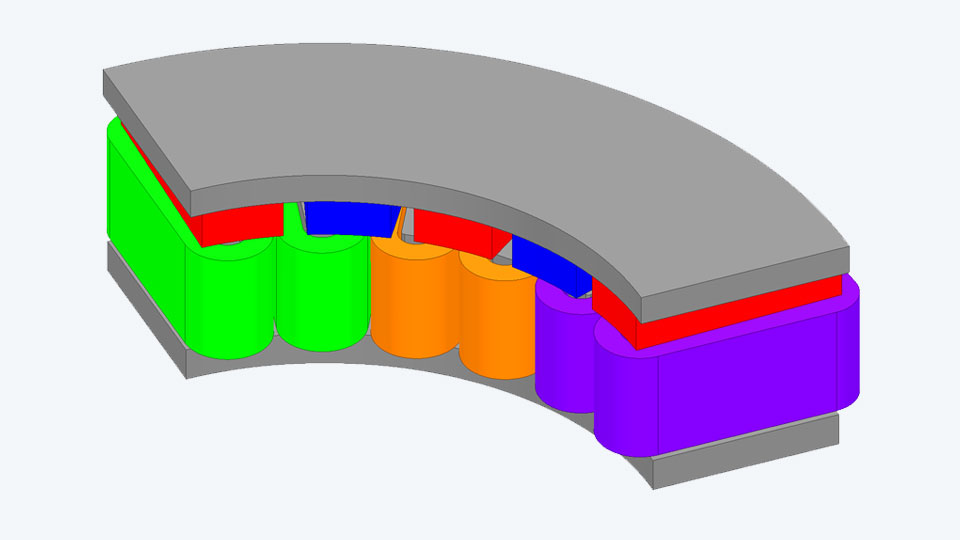
Specific analysis of cause and effect
CADFEM’s engineers additionally deployed Ansys VRXPERIENCE Sound, enabling the investigation into the motor-induced noise behavior – carried out by Alvier Mechatronics’ electric motor experts – to become more wide-ranging. Using previously obtained simulation results, VRX Sound opened the door to more specific analysis of cause and effect. The software is capable of either filtering out or highlighting individual frequency components from sound data.
This means VRX Sound can be used to define a desired noise behavior as an objective and to then make a comparison with the current situation, enabling you to discover what changes would be required to make the objective attainable. This facilitates the suppression of dominant individual notes and specific disruptive frequencies.
Dagmar Muench pointed out that “When the two sets of results – one of which included the tolerances, and one of which didn’t – were compared, the acoustic differences were very clear. From the outset, we had suspected that a variation – in percentage terms – of such magnitude with respect to the air gap would have a considerable effect on the background noise produced by the machine. However, the decisive factor was the magnetic air gap that resulted from the sum of the geometric air gap and the height of the permanent magnets. The simulations thus enabled us to demonstrate that, due to the design of the machine, the tolerances were not responsible for any negative effects.”
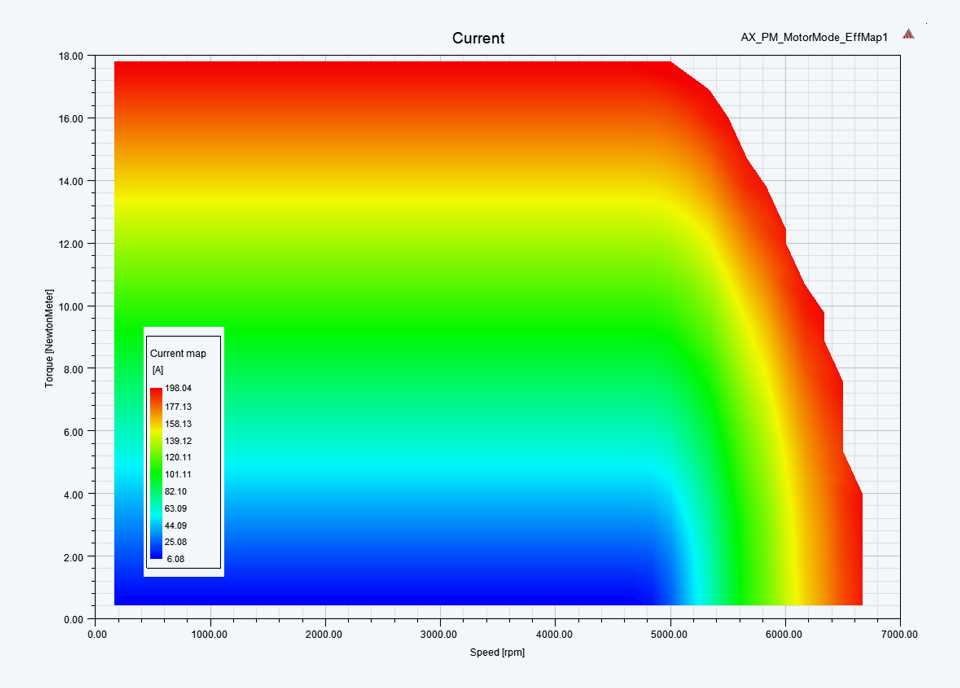
High-performance radial flux motors
When it comes to higher-performance radial flux motors, Alvier counts on high rotational speed. In this instance, the employment of soft magnetic composites (SMCs) forms an additional focus. The metal powder has two significant strong points:
- firstly, a high degree of freedom offered in terms of geometric design – in contrast to the traditional approach using punched sheet metal
- secondly, markedly low eddy current losses in the ferromagnetic circuit, particularly with high frequencies.
Both of these need to be thoroughly examined when the prototypes are being investigated so as to reveal whether the material actually matches up with the theoretically promise it holds out for practical applications.
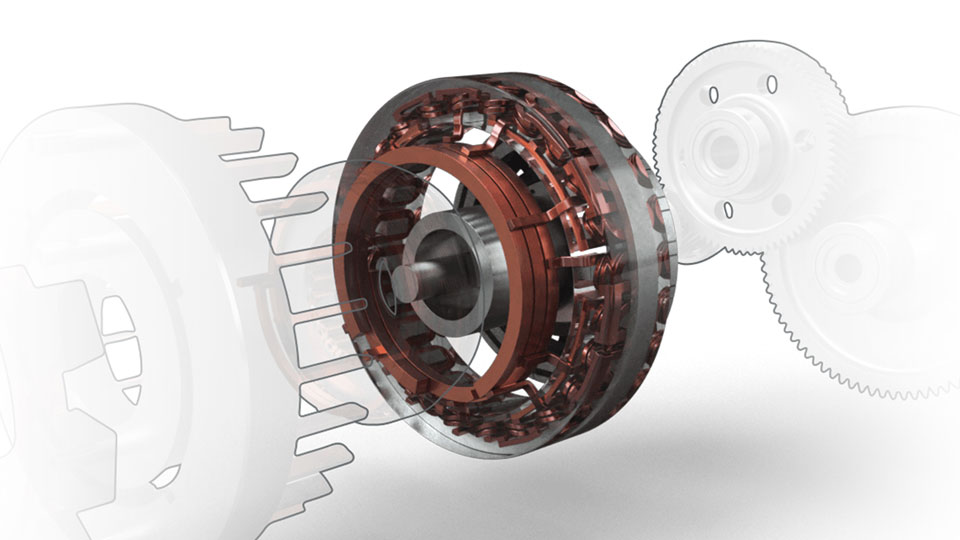
Analysis of the magnetic flux in the radial flux motor
SMC powder: strong performance from a small motor
The special process used to produce soft magnetic composites opens the way for totally new designs; it also saves a lot of material due to the elimination of scrap offcut. SMCs’ physical attributes, such as minimal energy losses at high frequencies, make them highly efficient – i.e., they result in maximum performance even with small motors.
This property is achieved by giving each of the individual iron cores a special coating that results in a particularly high level of electrical resistance. Minimal eddy current losses are thereby achieved even during high frequency operation, without putting any further requirements on the production process.
Simulation is also employed when it comes to using SMC powder in the manufacturing process. The powder-metallurgical molding process used in the manufacture of the components involves compacting the SMC and then baking it at about 600 degrees. Following densification and heat treatment, the components are ready for use, possessing narrow dimensional tolerances and a high degree of robustness even when produced in high quantities.
On the subject of process simulation, Mr. Muench says: “We are working, for example, on creating digital tools that will optimize the way the presses are used. To achieve this, we need to combine the data relating to the processes we regard as important – so we can accumulate a wealth of knowledge as soon as possible. One element of this data is the properties of individual components. These properties are dependent on the pressure used to mold the components and the temperature at which they were baked. All this allows us to describe the properties of the product to the customer with great precision.
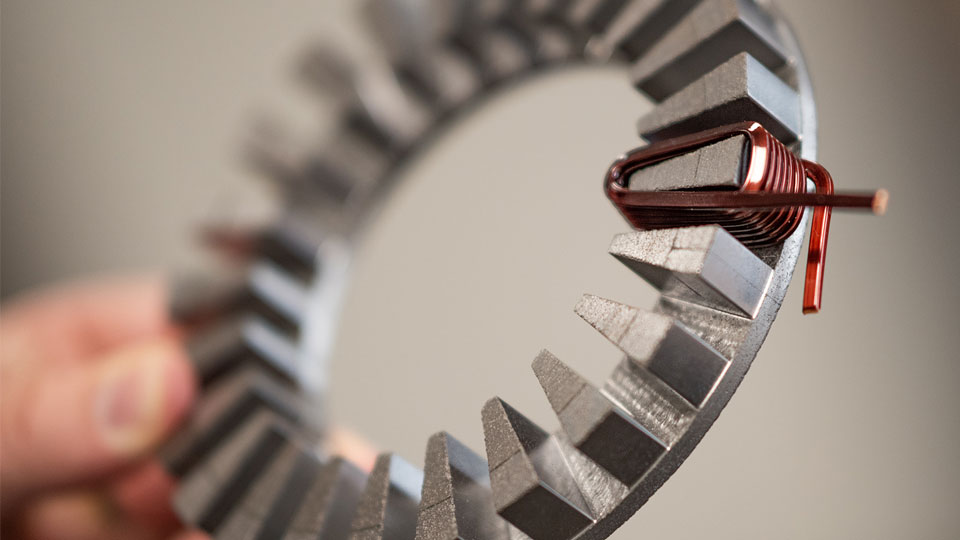
Enhancing optimization by improving the simulation models
The A-sample phase of the production process at Alvier Mechatronics can be accomplished via simulation, so that only B samples need to be made into actual prototypes – which, in turn, are used to calibrate the simulation models. With the improved simulation models being employed to enhance motor optimization, the B-samples are very close to being production-ready. The CONNACTIVE partners’ entire process-related know how is again pooled during the test phase of the fully functional prototypes. All this increases the efficiency of the optimization loop, in an effort to find the best possible solution for the customer.
In closing, Mr. Muench underlines that “In the brief history of our company, we have managed to put together a great deal of know-how for the electric motor sector. In addition, we have brought the experts on the CONNACTIVE co-creation platform together and have together come up with innovative solutions. When it comes to designing client-specific electric motors, we regard simulation as a crucial development tool that provides a sound basis for early decision-making, facilitates comparison of a large number of variants, and is indispensable when it comes to optimizing the chosen version.

Alvier Mechatronics
Dagmar Münch
Dagmar.Muench@alviermechatronics.com
www.alviermechatronics.com
Author: Gerhard Friederici (CADFEM GmbH)
© Bilder: Alvier
Contact CADFEM




